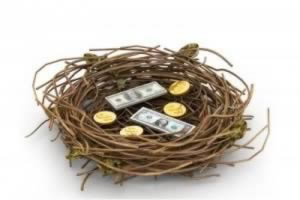2011 IRA contribution limits: 3 ways to maximize your retirement tax advantages
Published 10/29/10 (Modified 3/9/11)  By Richard Barrington
By Richard Barrington
Have you ever run a long-distance race?
I find it useful to think of saving money like distance running. If you obsess over the total distance, then each step seems hopelessly insignificant in covering the necessary ground. If instead you just start making those steps, and concentrate on finding a comfortable and consistent pace, you'll find that before you know it, the distance will take care of itself.
In other words, focus on the next step, because that is what you can most directly control.
In terms of saving money, a great way to make that next step is with a contribution to an IRA -- either a traditional or a Roth IRA. To help you make that step, there are a few things you should know about IRAs, including important information on IRA contribution limitations for this year.
1. Traditional and Roth IRA contribution limitations
Both traditional and Roth IRAs have certain tax advantages, which will be discussed below in "Deciding on a traditional vs. a Roth IRA." However, for anyone considering starting an IRA this year or making continued contributions into an IRA account, it's critical to know that there are limits on how much you can contribute to IRAs each year.
To start with the simple part, the basic contribution limits for both traditional and Roth IRAs are the same, and are unchanged for 2011. The only difference is that taxpayers who are aged 50 and over are allowed to make higher,
Read the full article » By Gina Pogol
By Gina Pogol  By Matt Riddle
By Matt Riddle